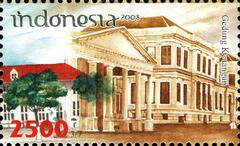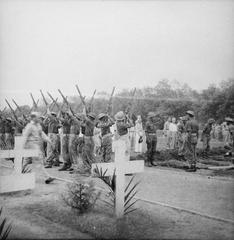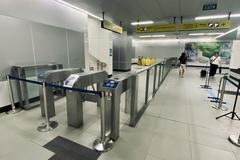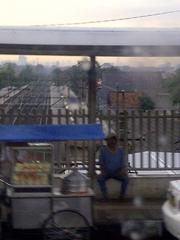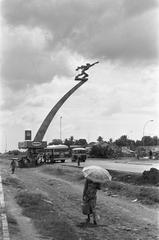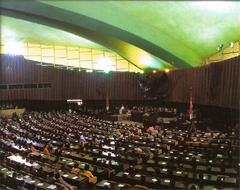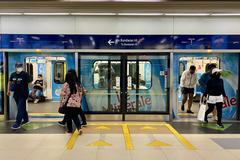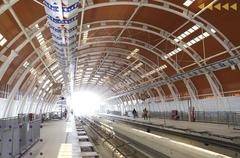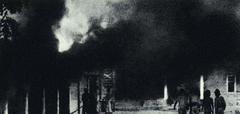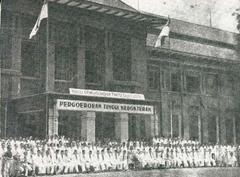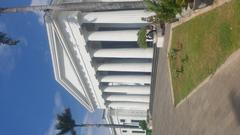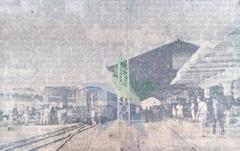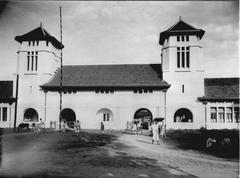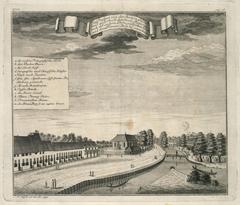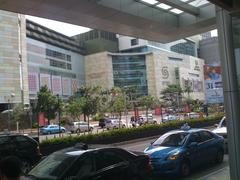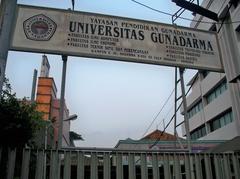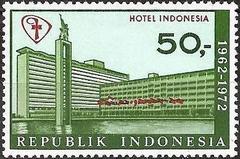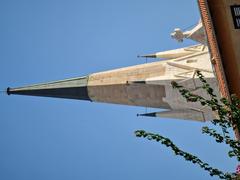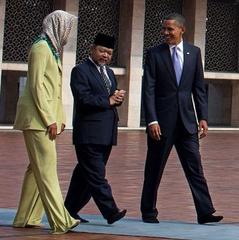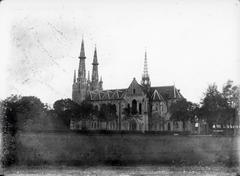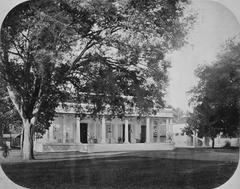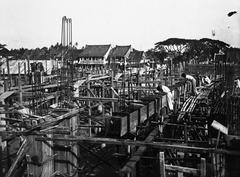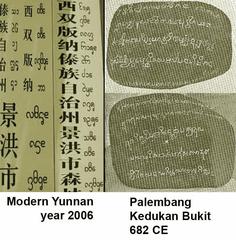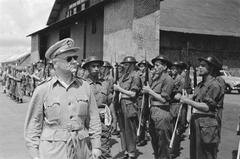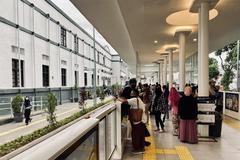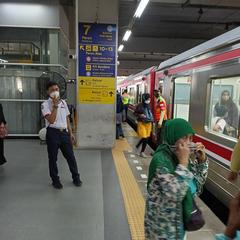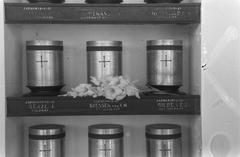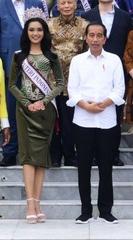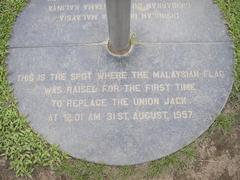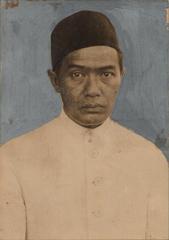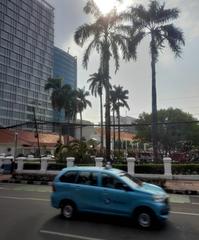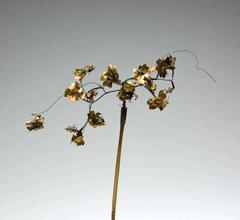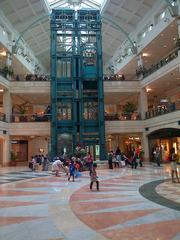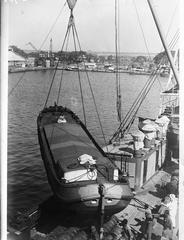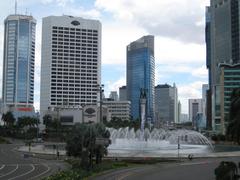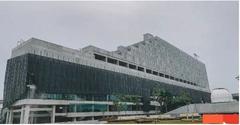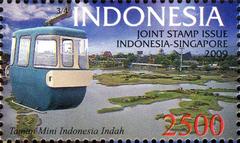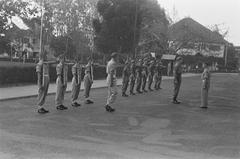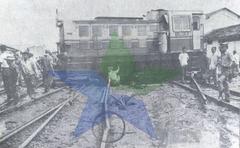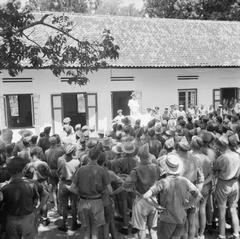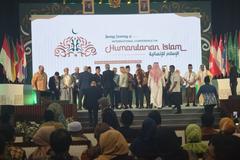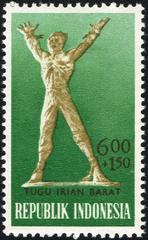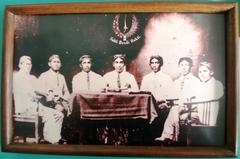
Cut Mutiah Mosque Jakarta: Visiting Hours, Tickets, and Historical Sites Guide
Date: 03/07/2025
Introduction
Cut Mutiah Mosque (Masjid Cut Meutia) is an iconic historical and religious landmark situated in the Menteng district of Central Jakarta. Renowned for its distinctive blend of Dutch colonial architecture and Islamic adaptations, the mosque stands as a testament to Jakarta’s layered history, national pride, and cultural resilience. Whether you are a history buff, architecture enthusiast, or a traveler seeking meaningful cultural experiences, this comprehensive guide will provide you with everything you need to know about visiting Cut Mutiah Mosque—from its history and unique features to visitor tips, accessibility, etiquette, and nearby attractions.
For further insights, see Masjid Cut Meutia Official, Travel Diva, and Touristlink.
Table of Contents
- Historical Background and National Significance
- Religious Functions and Community Role
- Visiting Information
- Visitor Etiquette and Practical Tips
- Frequently Asked Questions (FAQ)
- Conclusion and Recommendations
- References and Further Reading
Historical Background and National Significance
Origins and Architectural Heritage
Constructed in 1912, Cut Mutiah Mosque was originally the headquarters for the Dutch architect firm N.V. De Bouwploeg, led by Pieter Adriaan Jacobus Moojen. The building exemplifies the Dutch Rationalist architectural style, adapted for Indonesia’s tropical climate with thick walls, expansive windows, and natural ventilation. Its original secular function and lack of a dome distinguish it from most Indonesian mosques. The building later served various administrative roles, including as a post office, railway office, and headquarters for both Dutch and Japanese authorities during their respective occupations (Masjid Cut Meutia Official, Travel Diva, Wikipedia, Traveloka).
Transformation from Colonial Office to Mosque
After Indonesia’s independence, the building continued to serve government functions, including housing the office of the Mayor of Central Jakarta and the Provisional People’s Consultative Assembly (MPRS). In the 1980s, responding to the needs of the local Muslim community and a lack of mosques in the area, the site was officially converted into a mosque in 1987 by decree of the Jakarta governor (Masjid Cut Meutia Official). The transformation involved minimal structural changes, preserving the distinctive Dutch colonial features while reorienting the interior to face the qibla, resulting in the unique angled arrangement of the prayer hall and mihrab.
Honoring a National Heroine
Cut Mutiah Mosque is named in honor of Cut Nyak Meutia, an Acehnese national heroine renowned for her resistance against Dutch colonial forces. The name reflects Indonesia’s spirit of independence and cultural pride, linking the mosque’s colonial past with its post-colonial identity (Wikipedia, Traveloka).
Religious Functions and Community Role
The mosque is an active center for Islamic worship, hosting the five daily prayers, Friday congregational prayers, and major religious holidays such as Eid al-Fitr and Eid al-Adha. During Ramadan, communal iftar events and tarawih prayers foster a strong sense of community. Educational programs, Quranic study groups, religious lectures, and charity initiatives—including zakat collection and health clinics—are regularly organized, making the mosque a vital hub for both spiritual and social activities (Touristlink).
Visiting Information
Hours, Tickets, and Accessibility
- Visiting Hours: The mosque is open daily, typically from 4:00 AM to 9:00 PM. For a quieter experience, visit outside prayer times (especially on Fridays).
- Tickets: Admission is free for all visitors.
- Accessibility: Main entrances are wheelchair accessible, with ramps and handrails, though some upper-floor areas may require assistance due to original historic staircases (HalalTrip, Mosqpedia).
Contact:
Phone: +62 21 3103941
Getting There:
- Train: 1.3 km from Gondangdia Station (15–20 minutes on foot or quick taxi/ojek ride).
- Bus: TransJakarta buses serve the Menteng area.
- Ride-Hailing: Gojek and Grab provide direct and convenient access (HalalTrip).
Guided Tours and Events
- Guided Tours: Available upon request, led by knowledgeable staff or volunteers. Contact the mosque in advance to arrange a tour.
- Special Events: The mosque hosts religious lectures, interfaith dialogues, and communal gatherings, particularly during Ramadan and other Islamic holidays (Travel Diva).
Photography and Nearby Attractions
- Photography: Allowed in most areas, especially the exterior and unique prayer hall. Always ask permission before photographing worshippers and during prayers.
- Nearby Attractions: Explore Suropati Park, National Monument (Monas), Jakarta Cathedral, and the Gondangdia residential area—all within a short distance (Backindo).
Visitor Etiquette and Practical Tips
- Dress Code: Modest attire is required. Men should wear trousers and sleeved shirts; women should wear long skirts or trousers, long sleeves, and a headscarf (scarves are often available at the entrance) (TripSavvy).
- Behavior: Maintain silence and respect. Set mobile phones to silent. Do not bring food or drinks into the mosque. Always remove shoes before entering the prayer hall (The Islamic Information).
- Photography: Be discreet and avoid flash. Ask before photographing individuals or active prayer sessions.
- Non-Muslim Visitors: Welcome outside prayer times. Avoid entering the prayer hall during Friday prayers or active worship (HalalTrip).
- Facilities: Clean ablution and restroom facilities are available. Some areas may be less accessible due to historic features; contact staff if you need assistance (Mosqpedia).
Frequently Asked Questions (FAQ)
Q: Is there an entry fee?
A: No, entry is free for all visitors.
Q: What are the mosque’s visiting hours?
A: Daily from 4:00 AM to 9:00 PM, though hours may vary during holidays or special events.
Q: Are non-Muslim visitors allowed?
A: Yes, outside of prayer times and with respectful conduct.
Q: Are guided tours available?
A: Yes, by request. Contact mosque staff in advance to schedule.
Q: Is the mosque wheelchair accessible?
A: The main entrance is accessible, but some upper areas may require assistance.
Q: Can I take photographs?
A: Yes, with permission and sensitivity to worshippers.
Conclusion and Recommendations
Cut Mutiah Mosque is more than a place of worship—it’s a living monument to Jakarta’s historical evolution, architectural ingenuity, and Indonesia’s vibrant cultural identity. Its unique blend of colonial and Islamic features, active community role, and welcoming atmosphere make it an essential stop for anyone interested in Jakarta’s past and present.
Visitor Tips:
- Plan your visit outside peak prayer times for a peaceful experience.
- Dress modestly and observe mosque etiquette.
- Take advantage of guided tours for deeper insight.
- Explore nearby historical sites to enrich your understanding of Jakarta’s urban heritage.
For up-to-date information on hours, events, and tours, contact the mosque directly or consult the Jakarta Tourism Board and the Audiala app.
References and Further Reading
- Masjid Cut Meutia Official
- Travel Diva: Masjid Cut Meutia Bersejarah
- Touristlink: Cut Mutiah Mosque
- HalalTrip: Visiting Cut Mutiah Mosque
- Jakarta Tourism Board
- Traveloka: Mosques in Jakarta
- Mosqpedia: Cut Mutiah Mosque
- TripSavvy: Mosque Etiquette
- The Islamic Information: Mosque Rules
- Backindo: Jakarta Guide
Visual Media Suggestions:
- Include images of the mosque’s exterior and interior, with alt text highlighting architectural features.
- Provide an interactive map for directions and nearby sites.
- Offer a virtual tour video link for remote visitors if available.
Internal Links:
- Link to related articles such as “Jakarta Historical Sites to Visit” and “Top Mosques in Jakarta” for further exploration.
External Links:
- Reference the Jakarta Tourism Board and the Audiala app for planning and updates.

